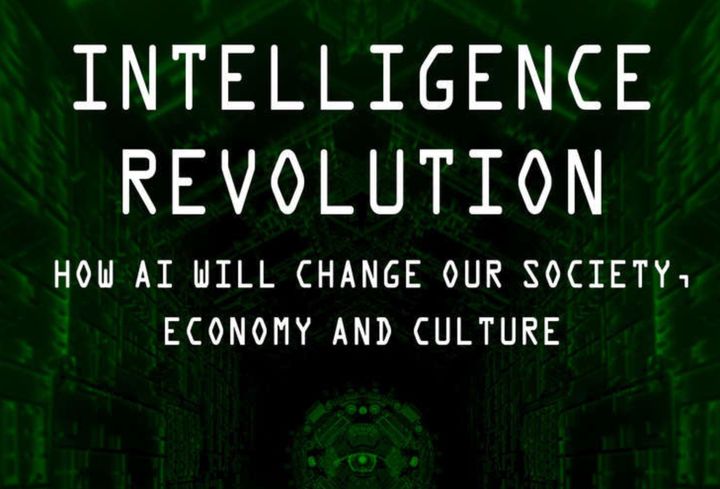
This week’s selection is “Artificial Intelligence Revolution: how AI Will Change Our Society, Economy and Culture” by Robin Li.
These still-early days of the 21st century are subject to the influences of several key technological advances. Readers will know one of them is certainly 3D printing, which is set to take off in a massive way in future years. Another technology is artificial intelligence, or “AI”.
While these two are separate technologies, there are many times they intersect. A 3D printer may, for example, use AI to detect print failures through a vision system. Or a CAD tool may use AI to generate an unusual 3D model for printing.
I suspect there are many more points of intersection between the technologies, so it is important for those in 3D printing to know something about AI — what it is, where it came from, and especially where it’s going.
This book tells you exactly that, and it’s written by someone who should know: Robin Li. He’s the entrepreneur who developed Baidu, the Chinese equivalent of Google.
Li covers these topics by beginning with a basic history of AI, which by the way has been under serious academic investigation since at least the 1960s — little progress into practical applications was made until decades later.
Li discusses AI from a number of viewpoints. He talks of the goals of AI, and how they should serve humanity. He talks about the existence of massive databases, from which new insights can be gathered through AI. He talks about how AI can tackle previously unknown situations. He talks about how AI can change civilization itself.
Then Li spends a considerable number of pages discussing the actions we can contemplate taking. For example, he recommends that businesses create a new high-level position: the Chief AI Officer, a role to oversee and coordinate AI efforts within a business.
Finally, Li looks at the challenges AI will generate as we trek further into the 21st century, and what we may do about them. One in particular is disturbing: The Singularity, a moment in the future when a general AI system eventually becomes faster (and smarter) than humans; at that moment the system exponentially transforms into something… new.
We’re nowhere near that point yet, and AI is still only lightly used in 3D printing. It’s my hope that readers will be so inspired by AI concepts to think about new ways to integrate AI into the 3D printing fabric.
We’re an Amazon Associate and earn a small fee from qualifying purchases. Help support our 3D print news service by checking out this book!
Via Amazon
